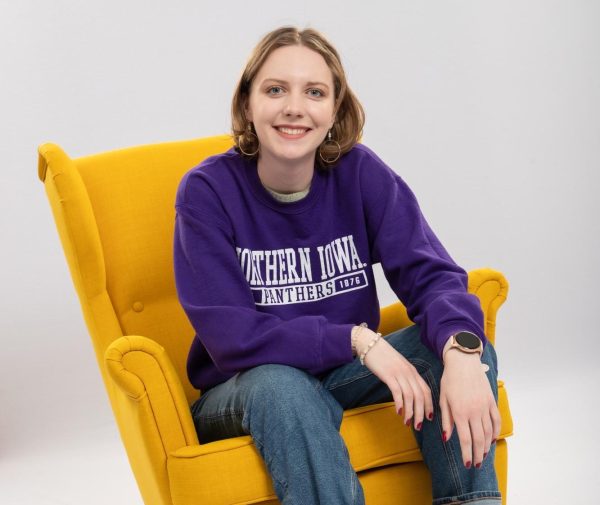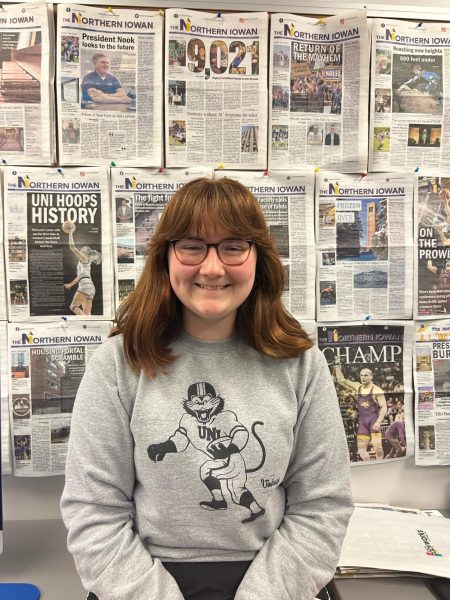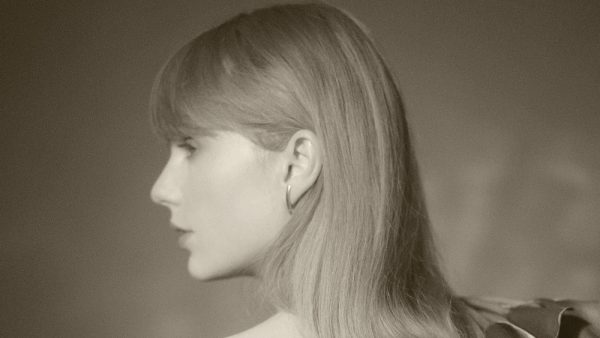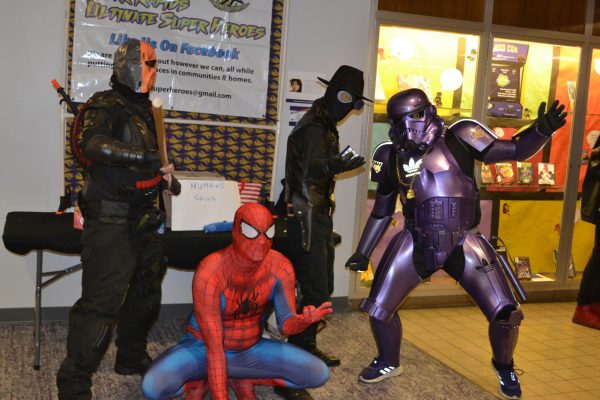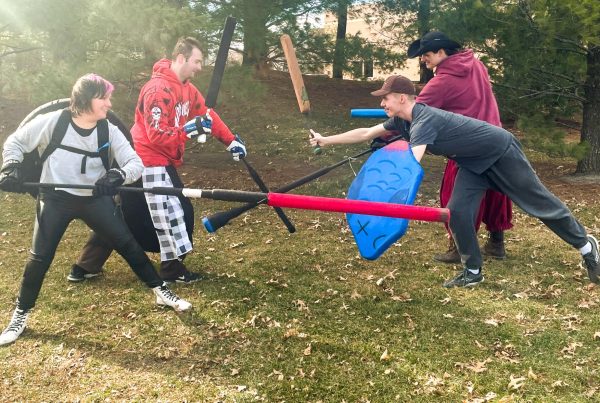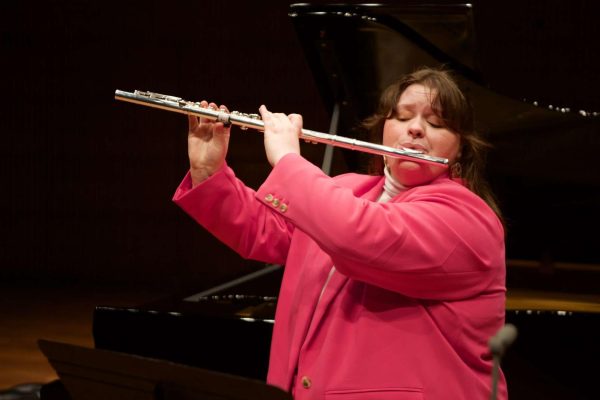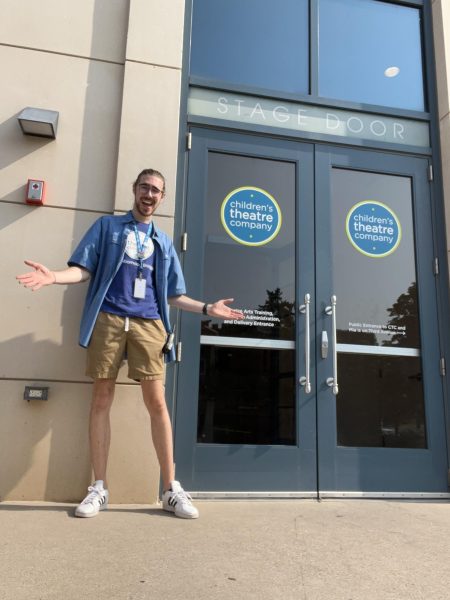Goodall: a life amongst the jungle
Mar 24, 2022
Jane Goodall is a figure infamous in the science community known for her groundbreaking research on chimpanzees as a primatologist. In 1957 only at the age of 23, Goodall left for the wild unknown that was the Tanzanian jungle to study chimpanzees, an animal that seemed as elusive as the jungle they lived in. Recently on Saturday, March 12, a documentary was shown with an accompanying orchestra at the Gallagher Bluedorn Performing Arts Center documenting the highlights of Goodall’s career.
So Saturday night at 7 p.m. sharp the light’s darkened at the Gallagher Bluedorn and the curtain rose to reveal the highlights of Goodall’s career. Starting with text about the findings of lost tapes of Goodall’s time in the jungle working with Dr. Louis Leakey accompanied by a live orchestra produced music as the first-minute gave way to vivid video clips of animals, nature and finally, a young, blonde Goodall arriving in the emerald-colored tree-covered rainforest of Gombe Tanzania. With videos of her younger self playing on-screen, Goodall talked about her life in the jungle working for Dr. Leaky.
“I had no training, no degree. But Louis didn’t care about academic credentials. What he was looking for was someone with an open mind and a passion for knowledge,’’ Goodall reflected while her younger self was seen trekking through the vivid green forest. The forest provided a quiet haven for Goodall as she set out to research and learn more about the elusive apes of the forest. But the expression of ‘best-laid plans’ proved true as Goodall tried to familiarize herself with the group of chimpanzees and enclose the distance in between them and inevitably failed. “When I tried to get closer they would run off as soon as they saw me. I was an intruder, and a strange one at that,” Goodall admitted, remembering the number of times the apes would run off at the mere sight of the odd-looking outsider clad in beige.
“I had been in Gombe for five months,” Goodall continued, recounting her frustrations. “I didn’t know if they would ever get used to me and time was running out.” As the documentary played on it was obvious how dedicated Goodall was at her job and passion for studying chimpanzees despite the lack of progress. But Goodall’s patient persistence paid off as one day as she explored her third valley of the day and finally found the group of chimpanzees she had been tracking as one lone chimpanzee dubbed David Greybeard finally allowed Goodall to get within an arms distance away.
After that it was paradise for Goodall as “after months of patient and tireless observation” she was finally awarded acceptance to “penetrate further and further into a magic world no one had been to before – the world of chimpanzees.” As the documentary continued, it showed the remarkable stride of progress made by Goodall as she promptly made the first groundbreaking discovery of her career. “It had long been thought that we were the only creatures on earth that used tools. Man the toolmaker we had been defined,” Goodall told, remembering the day she found her friend David Greybeard and other chimps using a modified twig to go ‘fishing’ in a termite mound.
This was objection modification, something that had previously never been seen before. This small act of just using nature to find found in one’s environment was the groundbreaking discovery that put Goodall on the primatology world stage. Leakey’s response to Goodall’s telegram of her observation was “ We must redefine man or accept chimpanzees as human.”
Goodall’s discovery in challenging human uniqueness was not taken lightly heartedly seeing how “ there were many who would try and discredit my observations because I was a young untrained girl and therefore should be discarded”.
But no matter the skepticism made towards Goodall’s lack of credentials, her observations were groundbreaking enough for a grant to be given to Leakey and Goodall’s research from National Geographic as well as a photographer being sent to Gombe to videotape Goodall’s work. That was just the humble beginning of Goodall’s career. Starting then, Goodall’s life was one of raising money, taking care of her son and helping the research institute in Gombe grow. As Goodall’s work and life continued on screen the audience could also enjoy an array of music performed by the Waterloo-Cedar Falls Symphony.
The symphony accompanied the documentary by performing pieces that rather resembled the emotion displayed onscreen. “It was my life for the rest of my life. It was better than anything I dreamed of,” Goodall reflected, “But I knew that the chimpanzees across Africa were disappearing. So that was when I realized that I had to raise awareness about the plight of chimps in Africa and the role I must play is to make sure that the next generation is better stewards than we’ve been and I needed to take the message to the world.” While the symphony performed flawlessly the life of Goodall and her career displayed itself to be one of unique success and scientific triumphs as she continued her work advocating for the fight chimpanzee’s extinction. “When I look back over my life it seems that I’ve been extraordinarily lucky. Although as my mother Vanne always says, luck was only part of the story,” Goodall ended with a smile in her voice as the symphony ended its accompanying music.







